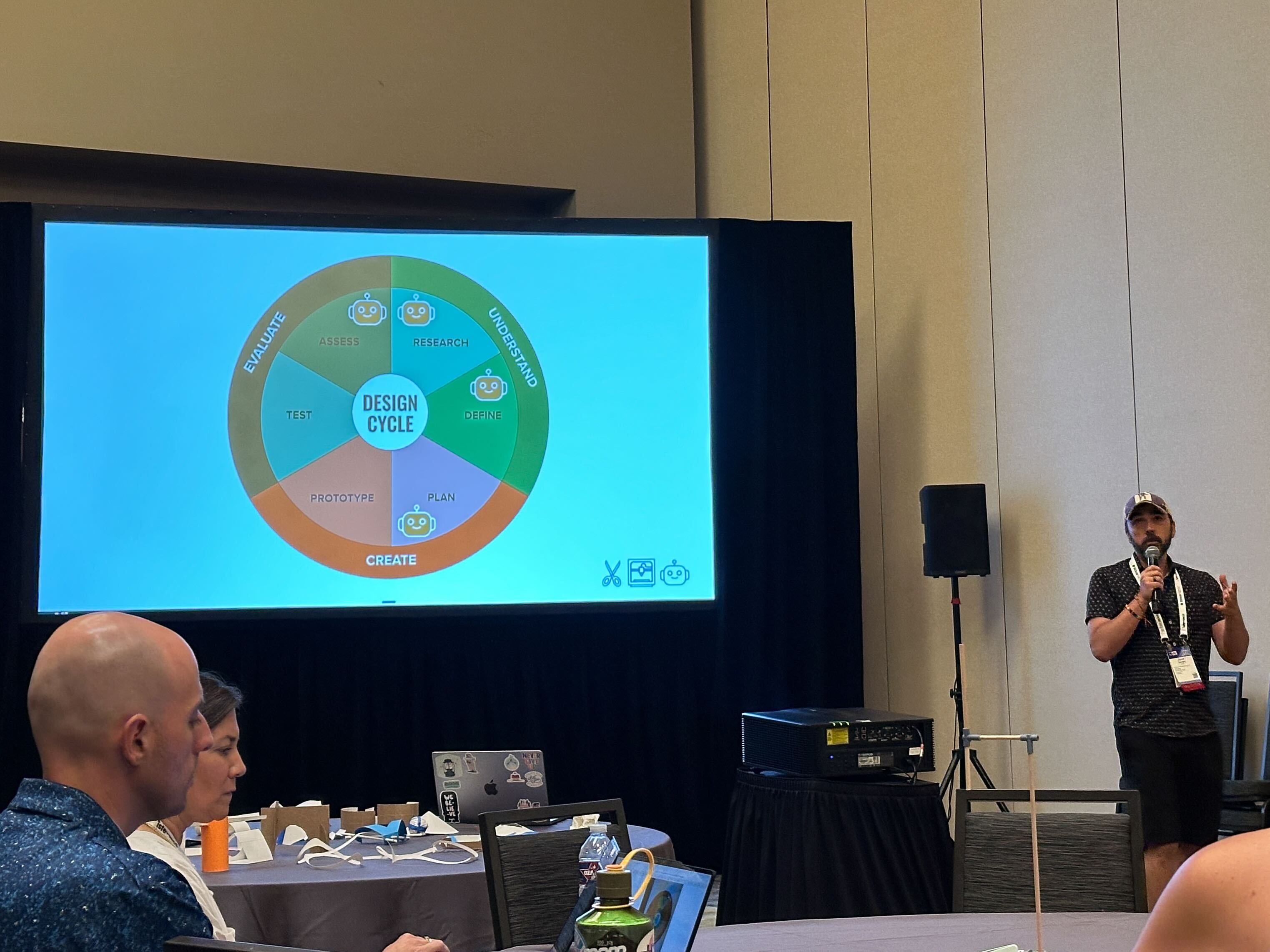“How do we clearly talk about what problem we’re trying to solve?” he asked. “We have to come up with a plan and involve brainstorming. We prototype something that is testable. Then we need to share it with someone else, and we need to get some feedback. Once we finish that assessment, we cycle right back through.”
Artificial intelligence can be incorporated into this problem-solving process at certain stages, Saunders said, but it cannot replicate the hands-on work students are doing in these settings.
“How can we make sure kids are still building something from their hands and that they’re still running into moments in their education that didn’t go exactly the way they wanted them to go? With AI, you might be able to provide some ideation in that moment, but it can’t actually solve the problem,” he said.
